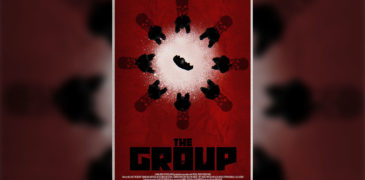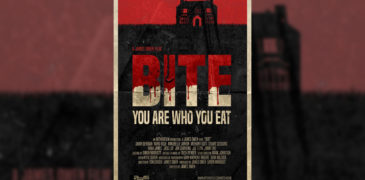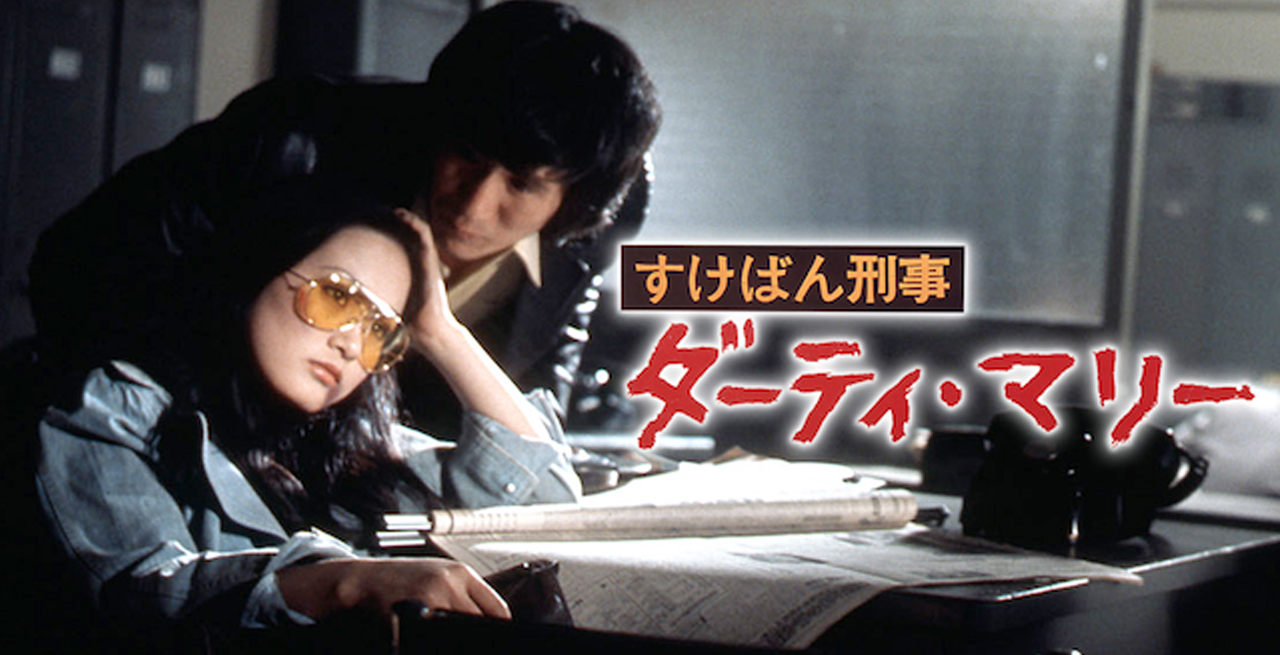
To call “Dirty Harry” ground-breaking would be an understatement. In 1972, it completely revolutionised urban crime dramas with its gritty – almost giallo – cinematography, focus on shocking crime and of course Clint Eastwood’s now legendary protagonist. The rulebooks were torn up and decency disregarded as the film focused on the villain Scorpio committing seemingly sexually driven murders partly inspired by the real-life Zodiac killer with no qualms about murdering and kidnapping children. And on his tail was the titular Harry Callahan – a character which perfectly represented America’s shift to conservatism; a right-wing anti-hero who was prepared to break any law and ignore any constitutional rights in order to catch, and kill, the bad guy. The film was a massive worldwide hit and was very popular in Japan inspiring a slew of homages.
By 1973, Toru Shinohara, the creator of “Female Prisoner Scorpion“, was in high demand after five incredibly successful film adaptations courtesy of Toei. Shinohara had built his career around strong female heroines- achieving the perfect mix of style, action, sex and violence which made his work irresistible to readers at the time. Perhaps partly inspired by Dirty Harry, his next manga creation would be “Zero Woman“. Like “Dirty Harry“, “Zero Woman” focused on a tough as nails detective dispatching her targets with maximum prejudice, with most stories ending with some form of execution. She works for the shady Section 0 of the Metropolitan Police who assign their undercover officers to cases deemed unsuitable for the regular police due to the extrajudicial methods required.
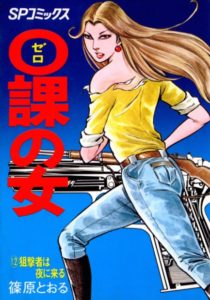
Now we come to the film “Sukeban Deka: Dirty Mary“. With the title clearly invoking “Dirty Harry” (Mary is pronounced as “Marry” in Japanese) it is my opinion that it was made by Nikkatsu specifically to capitalise on the popularity of the “Zero Woman” manga and was quickly pushed out to beat Toei’s own official adaptation. “Dirty Mary” would be released in April 1974, exactly 1 month before “Zero Woman: Red Handcuffs”, which seems far too exact to be coincidence. Couple this with the fact it was written and directed by Yasuharu Hasebe, director of “Female Prisoner Scorpion: #701’s Grudge Song“, as well as numerous signs that the entire production of the film was rushed, and it seems quite a likely possibility. Contrary to the later unrelated shoujo manga also named “Sukeban Deka“, Dirty Mary isn’t actually a sukeban, nor is she going undercover as a sukeban. After the release of “Dirty Harry“, such protagonists in Japanese media were being referred to as “outlaw detectives”. It seems that sukeban (delinquent girl) was chosen as the closest equivalent to “female outlaw” and to also link it to the popular sukeban genre of films.
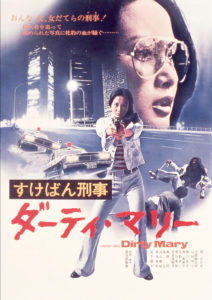
There’s a peeping Tom stalking the women of Tokyo, taking compromising photos through their bedroom windows of them having affairs and using it to blackmail them into sleeping with him with the promise of destroying the negatives. When one of his targets fights back after he continues to blackmail her for months on end, he lashes out in defence, bludgeoning her to death. Now it is up to the tough-as-nails detective known only as “Dirty Mary” to hunt down the pervert. The first major lead Mary gets is when the pervert makes his first mistake- one woman he attempts to blackmail is actually an exhibitionist and likes the pictures, even giving advice on how they could be better. Whilst at the woman’s house Mary notices the pervert has been spying the entire time and takes chase, cornering him in a maintenance cupboard. Unfortunately, when she goes to arrest him, he gets the better of Mary and knocks her out before handcuffing her to a rail and raping her whilst he takes photos.
After this attack, he is emboldened and skipping the blackmail lures another woman to be r*ped whom he ends up strangling with a sick glee in his cold eyes. With this second body found dumped on a building site, the pressure is building on Mary and her partner to catch the sicko. However, at the same time, the pervert has sent photographs of himself raping Mary to the police station with their faces censored and even directly phones her to check on the investigation. Her male colleagues are passing the photos between each other like it’s porn; none of them actually knowing that it’s Mary as she looks on in horror. When the chief sees them and recognises her, he makes the decision to suspend Mary to save the department’s “reputation”. Now that the pervert has made things personal and Mary is unshackled from the duties as a police officer, the roles are reversed as she takes the role of stalker and pursues him for bloody revenge.
Unfortunately, the character of Mary is woefully underwritten- whilst the story is in many ways anchored around the strength of Mary, the character is never explored enough to reveal a tangible sense of strength, intelligence or even willpower to the audience. Hitomi Kozue despite being primarily a pinku actress actually won the Elan d’Or newcomer award in 1974 so presumably she had some decent acting chops. She clearly tries to invoke the typical Clint Eastwood-style badass of few words, however achieves no more than a pissed off scowl invoking more of an apathetic attitude than toughness. Perhaps the blame lies with director Hasebe not really sure on what direction to give the character- should she be a trigger happy superwoman, or more vulnerable and human?
On the other hand, Tatsuya Hamaguchi is perfectly cast as the pervert Kazuo Sakai. From the very first time we see him through the peephole of his victim’s door, he gives off an incredibly unsettling aura. Every move and look he gives with his cold dead eyes puts you on edge. As the film progresses, his nervousness is abandoned and replaced with the confidence and cockiness of a complete psychopath. Although, like Scorpio in “Dirty Harry “, underneath that dangerous bravado, he is shown to be a somewhat of a pathetic coward.
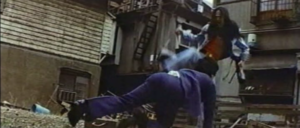
The film falls foul of the typical exploitation paradox – no matter how strong the heroine is, she must still be shown to be weak against men to meet patriarchal attitudes of the period. In exploitation films, the mere presence of a vagina acts as the Achille’s heel of the female protagonist, seemingly at constant risk of r*pe. Dirty Mary is given a reputation of being a no-nonsense badass, but the minute she comes face-to-face with Sakai, she is suddenly unable to defend herself. At the hands of male writers, it seems that r*pe is the only source of revenge that can possibly be conceived for a woman in such exploitation films and also gives the excuse to show them naked.
The film does go some way in portraying the sexism in 1970’s Japanese society and could perhaps be interpreted as a slight feminist undertone if the rest of the film’s tone is ignored. When the photos of Mary’s r*pe are sent to the police office, they are gleefully passed around by her male colleagues, none of them phased by the fact that the woman is very obviously being taken against her will. R*pe in 70’s Japan was still seen as shameful for a woman to suffer and it was very much in the culture at the time for women to hide it. The most interesting thing about this scene is its equivalent in “Dirty Harry“. After torturing Scorpio for a confession, Harry is suspended as a result of his own unlawful actions. Contrast this to “Dirty Mary” where Mary is somehow held responsible for the actions of her attacker, mirroring how women were, and still are, blamed as victims in sexual assaults.

One of the weakest points of the film is the story, which whilst designed to hit the same plot points as “Dirty Harry“, tends to rely on coincidence and characters acting nonsensically in order to progress. None of Mary’s skill as a detective is displayed- the first real lead she follows the target not only reveals himself but decides to attack her as well. The chase starting the final act also makes no sense. After kidnapping a nurse and knowing that Mary is closely following, Sakai makes the bizarre decision to take a break from running in order to r*pe said nurse giving Mary a chance to catch up and gain an advantage. Thankfully the film manages to pull off a decent finale taking further inspiration from Dirty Harry by setting the showdown in a train yard at some kind of quarry. The shootout is very tense with the deadliness of each gunshot portrayed well. The framing and shooting of this sequence is superb with director Hasebe taking full advantage of the location, particularly the dark tunnel adding ever more danger to the scene. The entire scene is free from music allowing the rushed footsteps, exhausted panting and ricocheting bullets to take the forefront. After finally gunning down Sakai, Mary in a final nod to “Dirty Harry” ties her badge to a stick of dynamite before throwing it into the quarry.
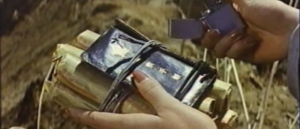
Whilst the film had great potential taking direct inspiration from two highly regarded works at the time, the execution was clearly fumbled. Perhaps due to time constraints the proper care was not taken to realise the character they sought to create and the story was cobbled together in an attempt to shoehorn some sex into the Dirty Harry template. In the end, the film would have been much better if they had relied more on Dirty Harry and made Mary a violent, outspoken badass. It seems that despite a handful of exciting on-foot chase scenes through busy streets, much of the focus was put on making this a roman porno pinku film, so much so that all other aspects were overlooked. “Sukeban Deka: Dirty Mary” would actually attract reasonable popularity when it was re-released on VHS in the 1980’s and this is probably the main reason it is still remembered today. It seems the marketing has always been the most successful thing about the film with most viewers (myself included) drawn in purely by the title.
More Film Reviews
Revealer (2022) – A Shudder Original Review
A post-apocalyptic, 80’s nostalgia, comedy creature feature for the Stranger Things era! **Minor spoilers follow** If TV series such as Stranger Things and that one episode of Black Mirror has given…
The Abandoned (2006) Film Review – Abandon All Hope
The Abandoned is a 2006 horror thriller, written and directed by Nacho Cerdá with additional writing from Karim Hussain and Richard Stanley. Mostly known as a director of shorts and…
Sorgoi Prakov (2013) Film Review – Dare I Live the European Dream?
Sorgoi Prakov (also known as Descent into Darkness, My European Nightmare) is a 2013 French found-footage horror film written and directed by Rafaël Cherkaski, with additional writing from Quentin Boeton and…
The Coffee Table (2022) Film Review- A Careless Family Affair [Fantastic Fest]
The Coffee Table, from the mind of emerging international director Caye Casas, stands out as a genuinely unnerving and intellectually stimulating horror film in recent memory. Serving as a cautionary…
The Group (2022) Film Review – A Not-So-Safe Space
The Group, a 2022 film written and directed by William Higo, is a compelling and thought-provoking horror/drama that delves deep into the complexities of addiction, loyalty, and the consequences of…
Bite (2022) Film Review – A Hair of the Dog that Bit Me
Bite is a 2022 British horror thriller, written and directed by James Owen, with additional writing from Tom Critch. Although a trained trauma surgeon, James started creating short films around…

Hi, I have a borderline obsession with Japanese showa-era culture with much of my free time spent either consuming or researching said culture. Apparently I’m now writing about it as well to share all the useless knowledge I have acquired after countless hours surfing the web and peeling through books and magazines.

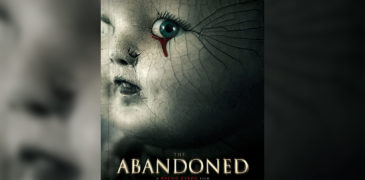
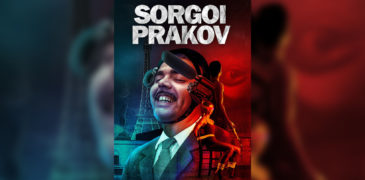
![The Coffee Table (2022) Film Review- A Careless Family Affair [Fantastic Fest]](https://www.grimoireofhorror.com/wp-content/uploads/2023/09/The-Coffee-Table-cover-365x180.jpg)
